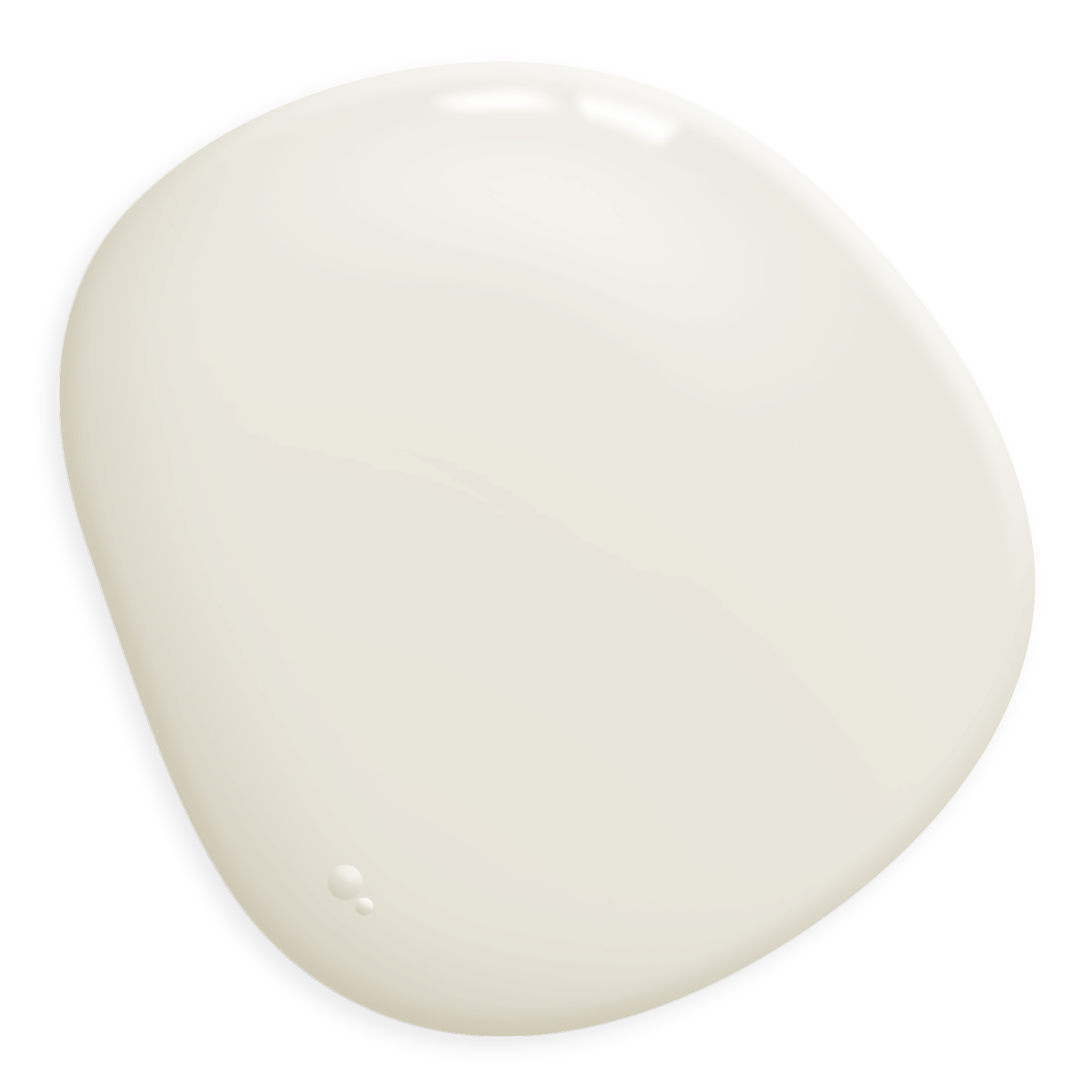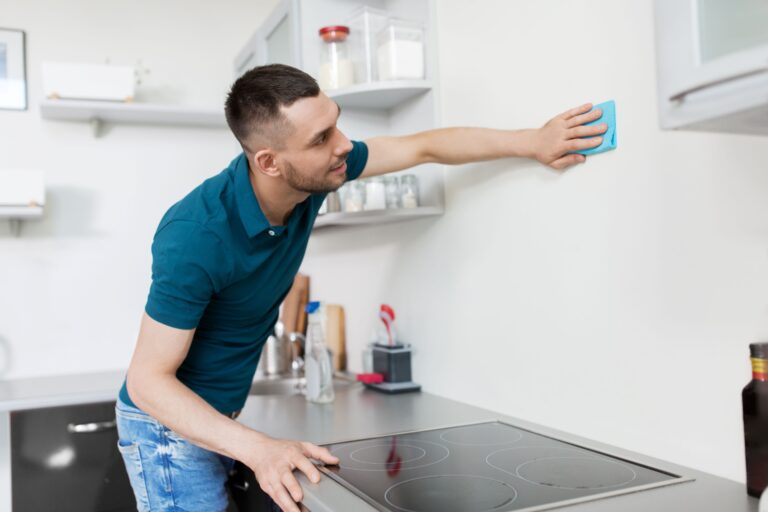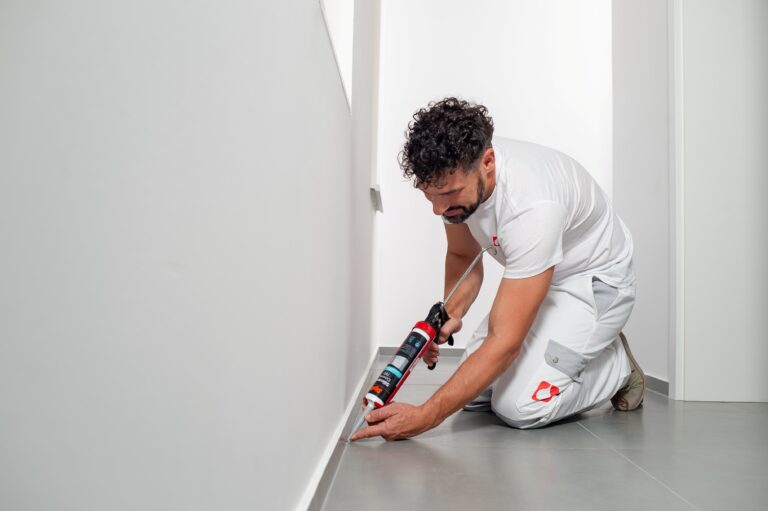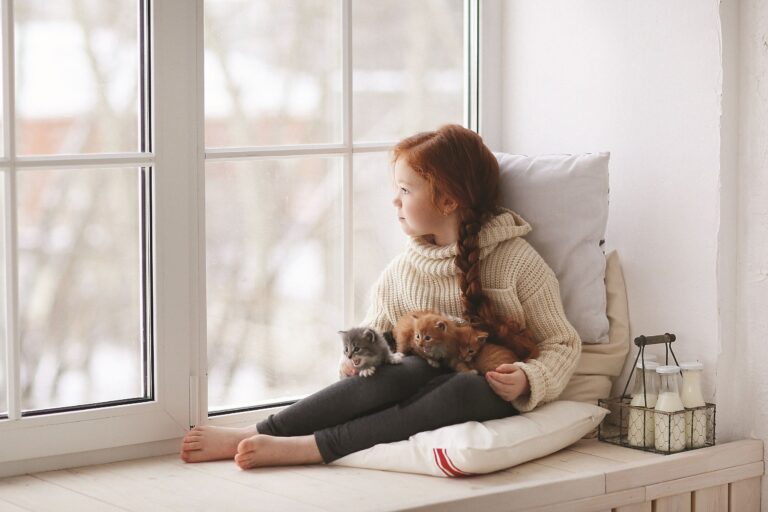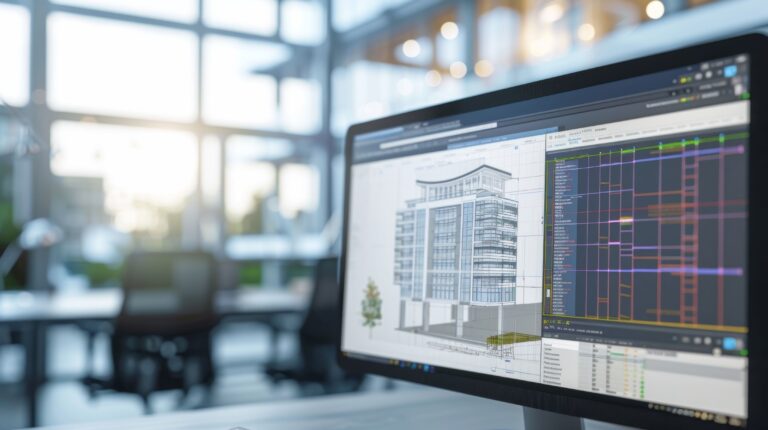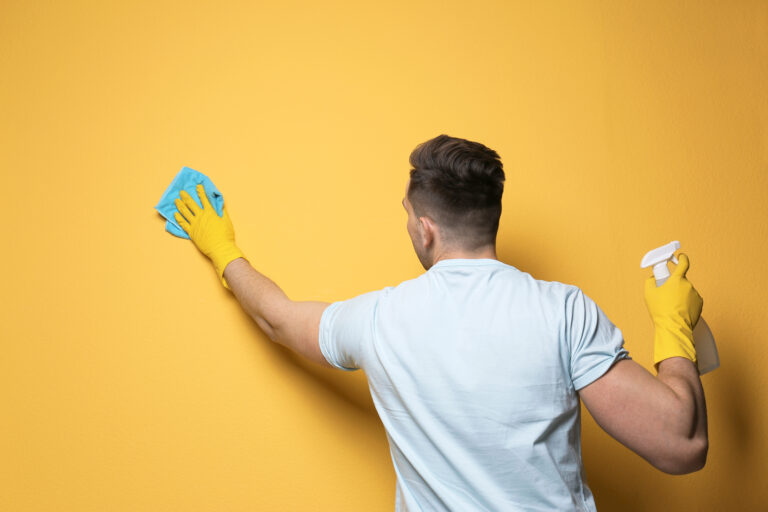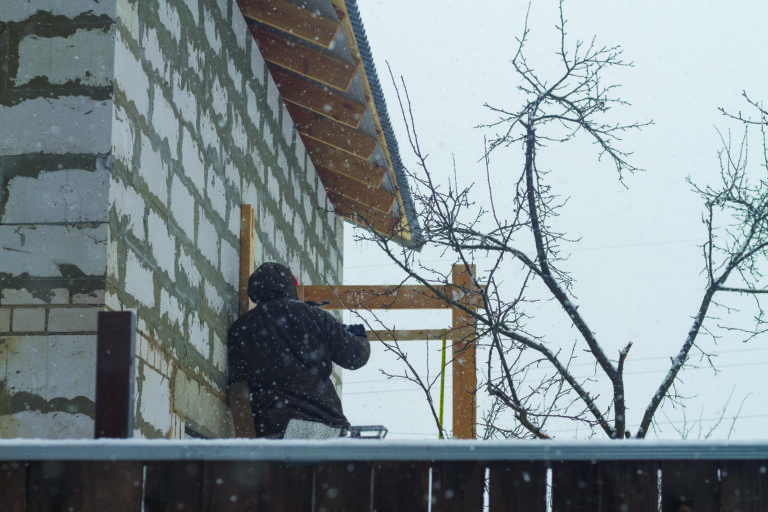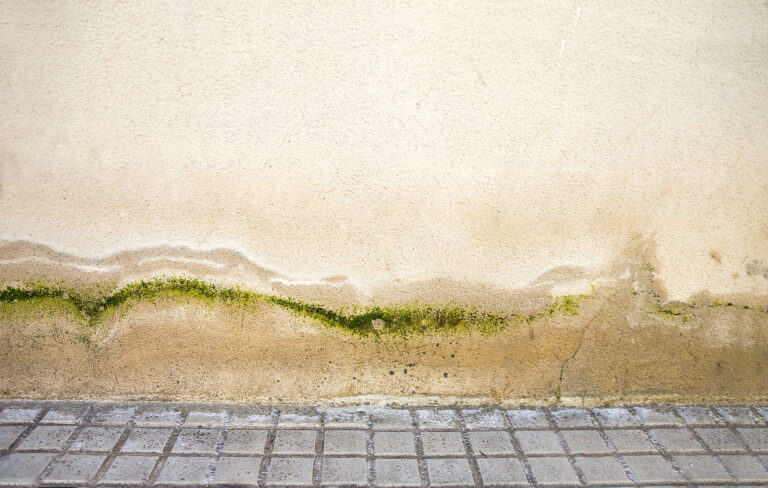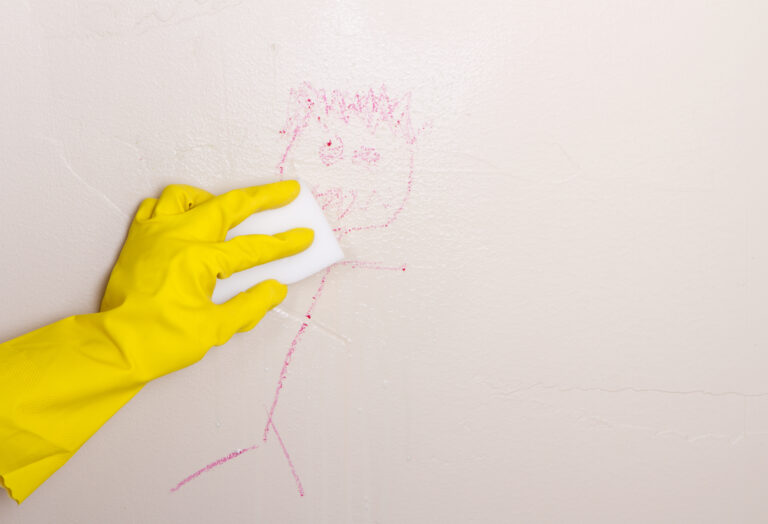In some apartments, despite the general awareness of the problem and the correct implementation of construction works, mould still appears, which has a strong negative impact on the quality of living. With its activity, mould can affect human well-being, the aesthetics of the contaminated surfaces themselves and, in the case of more expressed overgrowth, even the quality of certain materials. Mould also has an impact on the microclimate conditions in rooms where they are heavily overgrown.
As long as the apartment does not have major defects in the construction, in the thermal envelope and in the waterproofing, it usually only takes a little effort to get rid of the mould in the apartment. In this context, it is good to know what mould is, what does it need to appear in the apartment, and what is the most appropriate solution against mould.
For their growth and development, moulds need a source of organic nutrients, mineral nutrients, water, and an appropriate temperature comparable to room temperature. They are spread by spores that overcome distances by air currents. When the spore lands on a surface that provides suitable conditions for its development, it germinates and slowly and steadily begins to spread over the surface.
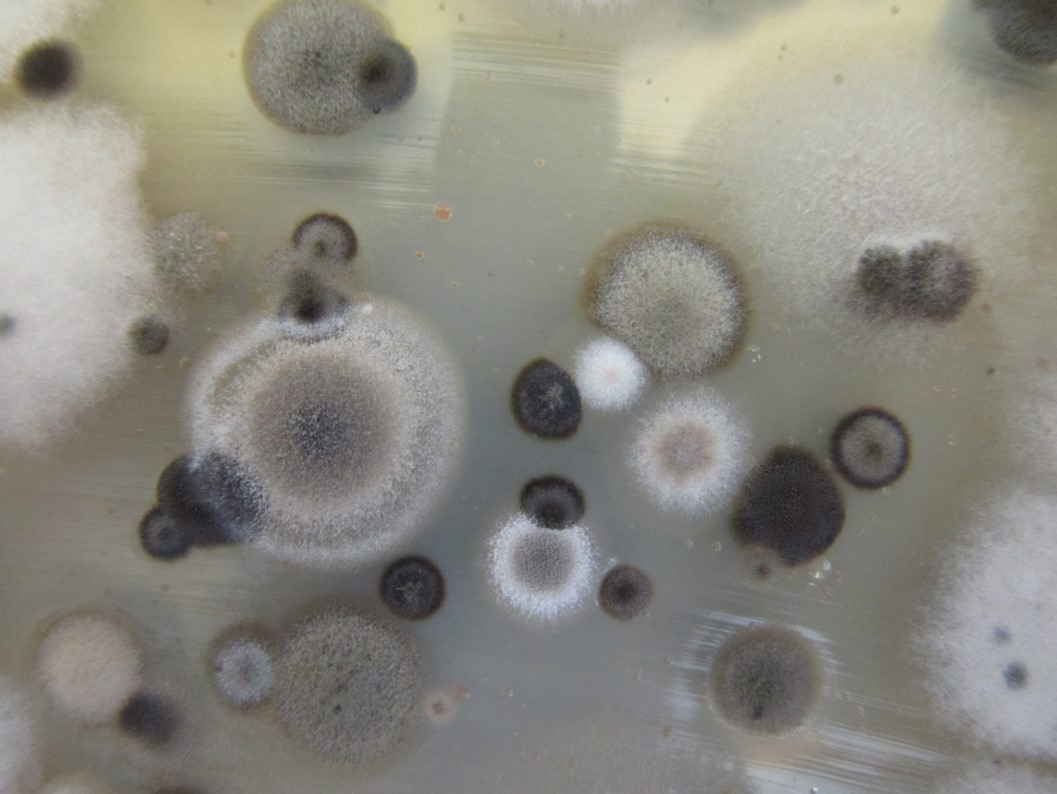
In addition to the effect on the quality of the wall or its appearance, moulds in the room also have a negative effect on our health and well-being. We can come into contact with moulds by direct contact with infected surfaces or by inhaling spores present in the air. Among the most common symptoms caused by wall moulds are allergic reactions felt in the nose, eyes, and throat, which is why sometimes these symptoms are mistakenly attributed to a cold. In addition to the aforementioned symptoms, the following are also possible: fever, headaches, dizziness, asthma, dermatitis and arthritis-like pain, etc.
The presence of running water
The first appearance of mould in the apartment can also be understood as an indicator of the presence of running water or condensation, as it reveals places where condensed water has allowed mould to grow. These surfaces need some of our attention, namely to first check whether their appearance may indicate a major construction irregularity (thermal bridge, poor waterproofing, water leakage, etc.). After excluding the latter, it makes sense to determine the mechanism that led to the condensation. Based on this, we can more efficiently decide how to fix the problem. Generally, it is either:
- Minimal faults in the thermal envelope and resulting colder areas of the wall,
- Inadequate air circulation and resulting capillary condensation,
- Or the most obvious reason, which is indirect or direct exposure to running water (bathrooms, kitchens, etc.).
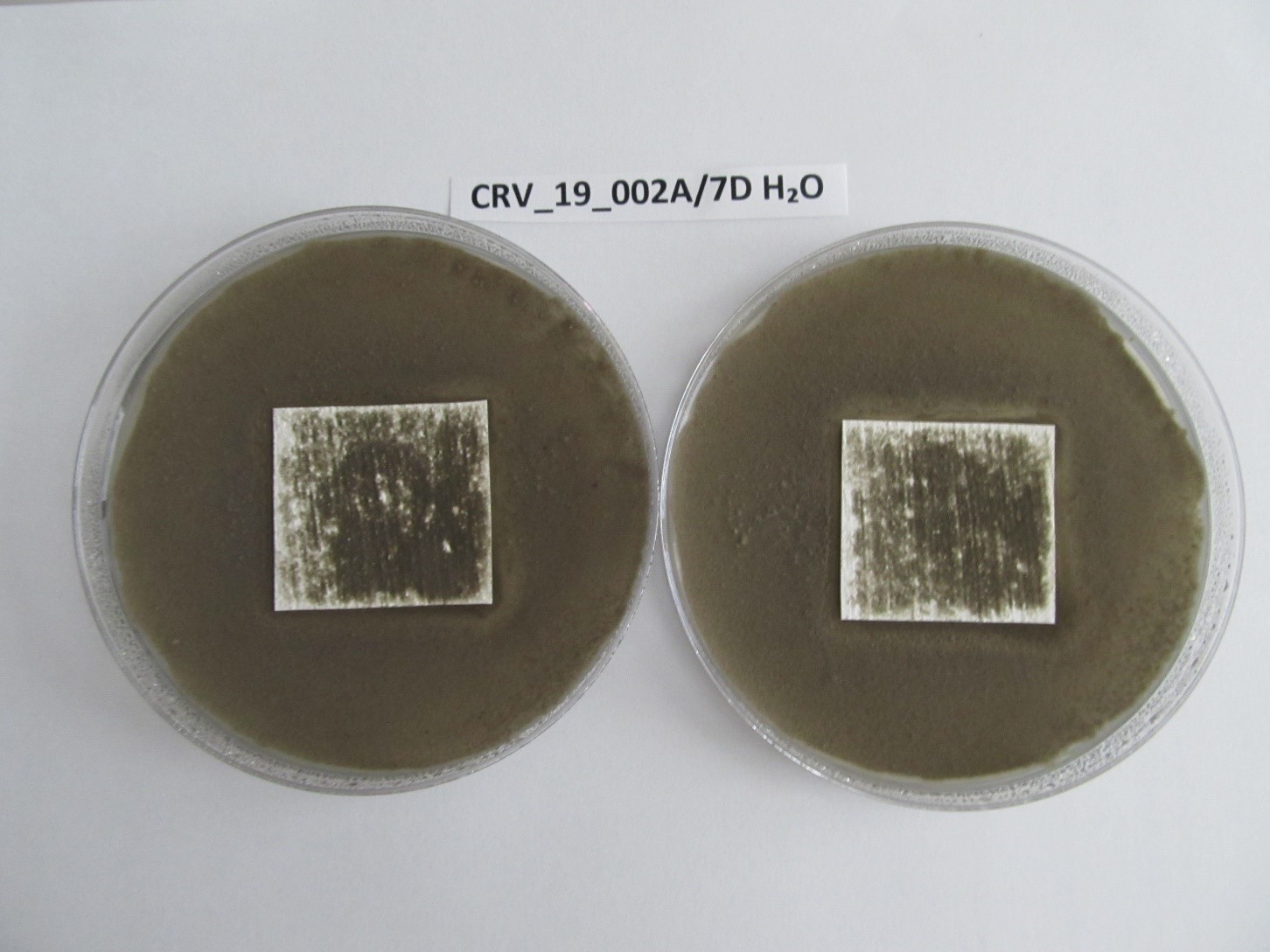
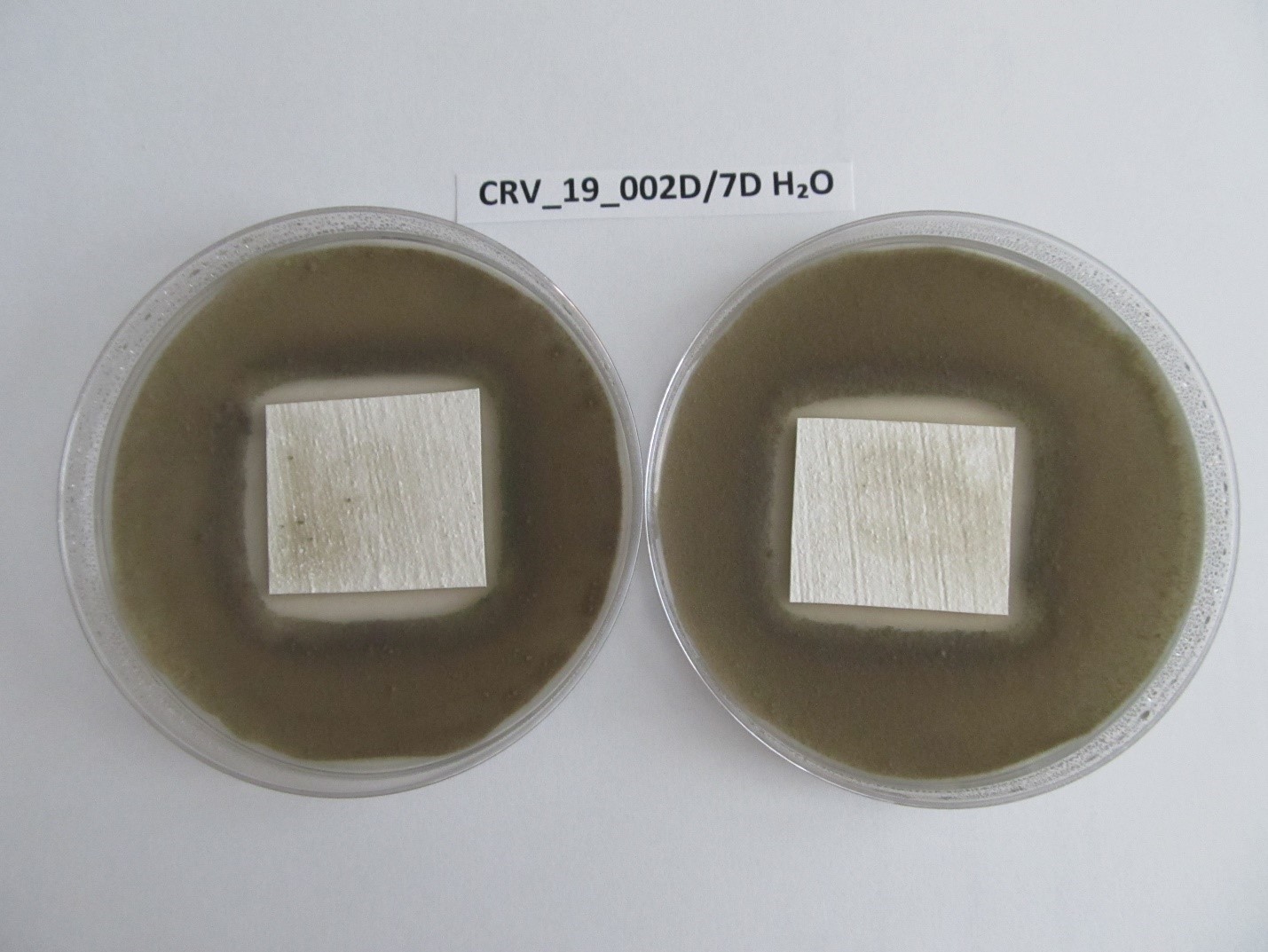
A solution for effective mould removal
The solution for the effective removal of mould from the apartment is two-step, where in the first step we carry out a curative care, and then we select and apply materials suitable for the surface of the renovated wall, which will either prevent the formation of condensation itself, or inhibit the growth of mould. Ultimately, there is also the possibility of a completely inert material to the action of biological factors (bathroom tiles, glass, or the innovative HYDROSOL Decor system). As a curative care, it is recommended to first clean mould-covered surfaces with hot/warm water, and after drying, disinfect with the product ALGICIDE Plus Spray, which is applied directly to the infected surfaces by spraying, and for a better effect, rubbed with a soft brush or cloth. When solving problems due to less acute thermal bridges or inadequate air circulation, we can also help ourselves by using the JUBOLIN Thermo and JUPOL Thermo systems. This is a system that reduces thermal transfer from the air to the wall, so water molecules lose less energy when they come in contact with the surface, and as a result, the possibility of condensation is reduced.
In many cases, this type of solution is sufficient, especially if it is supported by ventilation, but it is not necessarily a successful solution for every surface. When the aforementioned solution is not sufficient, it can be reinforced by adding the biocide preparation JUBOCIDE Plus to the paint of the Thermo system – JUPOL Thermo itself. Problems with insufficient circulation and the resulting weakened drying of the walls can be at least partially solved with various dehumidification devices, air conditioners and recuperators, but there may still be certain critical spots in the apartment that cannot be eliminated with such measures. These are mainly areas that are usually hidden from view, e.g. surfaces behind wardrobes, beds and other furniture. These are also the most problematic from the point of view of the formation of mould and affect our well-being, since they are relatively large surfaces on which more dust accumulates due to inaccessibility, and the latter is a source of nutrients for mould. In addition, these are surfaces hidden from view, which is why we do not pay as much attention to them as if mould appears in visible places.
The most effective solution for “inaccessible surfaces” is painting with a suitable protective wall paint, such as for instance JUPOL Citro, or with any other paint of the JUPOL family, to which we add the biocide preparation JUBOCIDE Plus. For even more effective protection, JUPOL Amikol can also be used. Since biocides are consumed over time during their functioning, we can also take into account the fact that with the number of protective paint coats (only those applied to a mould-free wall are counted), the longevity of the protection is greatly improved.
Surfaces intended for water exposure
There are also some common well-known solutions that cannot be used on all surfaces, namely for smooth, completely non-absorbent inert surfaces, such as glass, ceramics and the like. These types of solutions are usually used above kitchen counters and in rooms with a higher water exposure, such as bathrooms, saunas, showers and the like.
These are surfaces where the wetting of wall surfaces and thus the presence of dripping water cannot be prevented or the surfaces themselves are intended for this purpose. Since ceramic, glass and similar inert linings do not allow “complete freedom” in terms of appearance, structure, colour and other aesthetic parameters, which are possible on other wall surfaces, and in addition, either joints or other implementations of dilatations between individual covering elements remain as exposed places, an alternative solution is also offered. These are specific types of reactive coatings that are chemically and mechanically extremely resistant and can therefore also be used in places where ceramics usually dominate. Thus, for example, for lining of bathrooms or kitchen counters, we use the HYDROSOL Decor sistem, which consists of the acrylic decorative compound HYDROSOL Decor Base, suitable for decorative wall treatment, and/or HYDROSOL Decor Floor, which, in addition to decorative wall treatment, is also suitable for floors. As a finishing coat, we use HYDROSOL Polyurethane 2k varnish, which provides decoratively treated surfaces with complete protection against water and mechanical strength, which enables maintenance cleaning even when using cleaners such as degreasers and scale removers. In addition, the completely sealed surface does not allow water to soak into the wall, as a result of which it only drains faster and dries. The essence of the 2k PU finishing coat is the high chemical cross-linking, which adds unique mechanical properties to the finishing coat, due to which nothing penetrates into it, and above all it is important that it is completely resistant to the penetration of mould mycelium. Therefore, similarly to ceramic or glass linings, it is generally sufficient to prevent the growth of mould. However, if such surfaces are left untouched for a long period of time, the surface becomes dirty and the humidity of the room is high, and in the long-term mould growth can also occur here, which fortunately does not represent a problem. In the case of mould on such surfaces, it is simply wiped and cleaned, after which the surface is completely restored and does not need further treatment with biocidal preparations.
